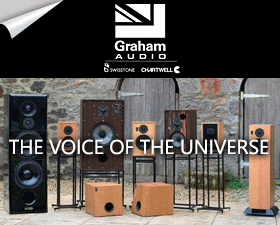Hi guys,
I know a number of you guys pay some attention to our NRC measurements. I thought I might start a thread that provides the links when there are new ones. You guys can discuss and we can answer any questions you might have.
Here is a set on the Focus Audio FP50:
http://www.soundstagenetwork.com/in...us-audio-fp50-loudspeakers&catid=77&Itemid=18
We have three more sets of speaker measurements coming out December 1, as well.
I know a number of you guys pay some attention to our NRC measurements. I thought I might start a thread that provides the links when there are new ones. You guys can discuss and we can answer any questions you might have.
Here is a set on the Focus Audio FP50:
http://www.soundstagenetwork.com/in...us-audio-fp50-loudspeakers&catid=77&Itemid=18
We have three more sets of speaker measurements coming out December 1, as well.

















